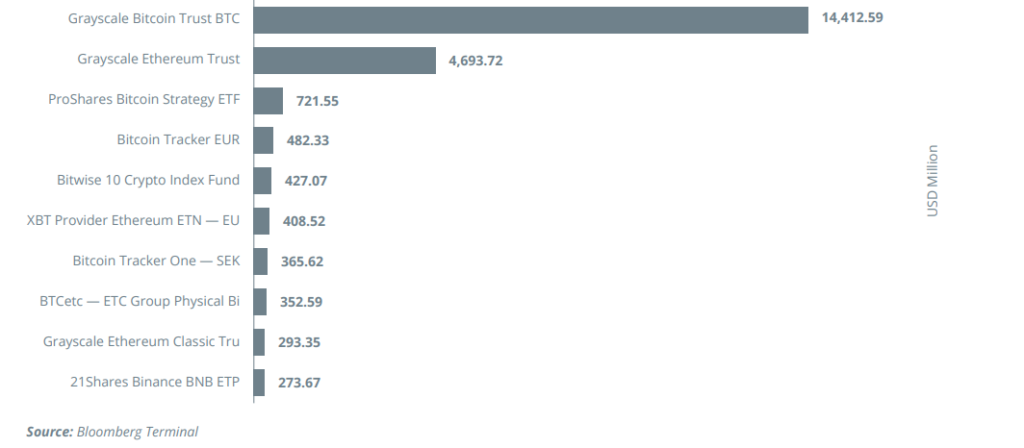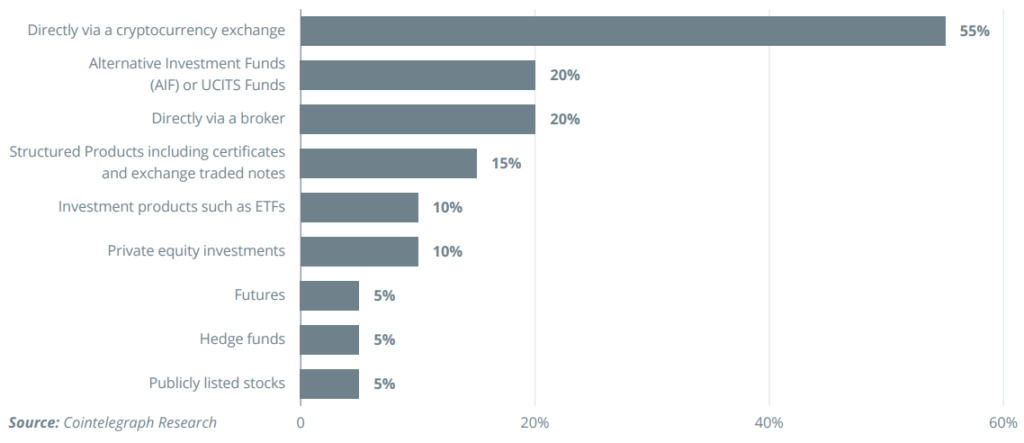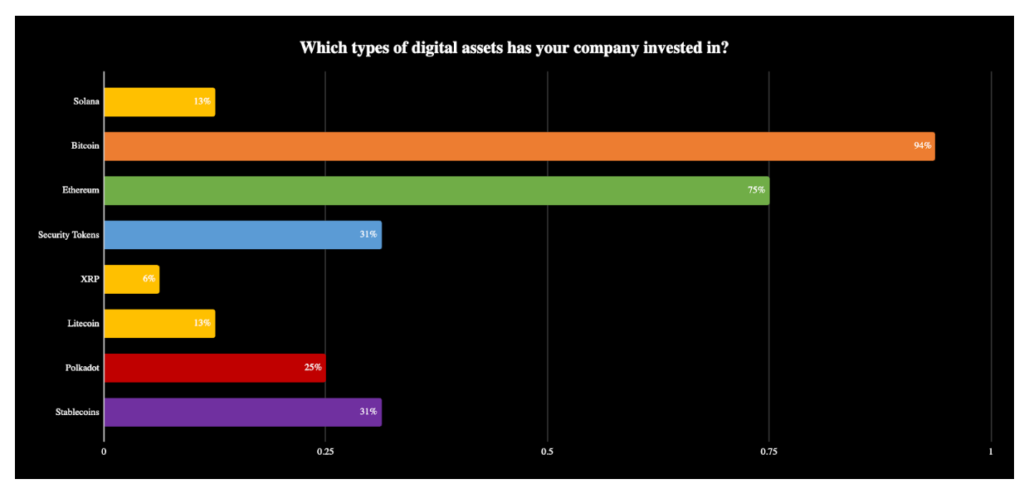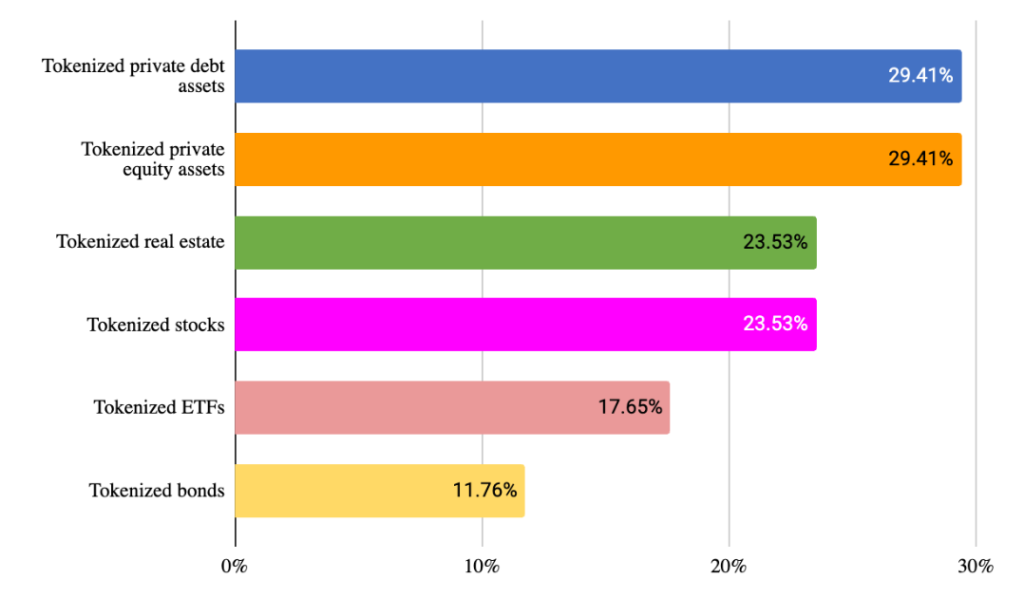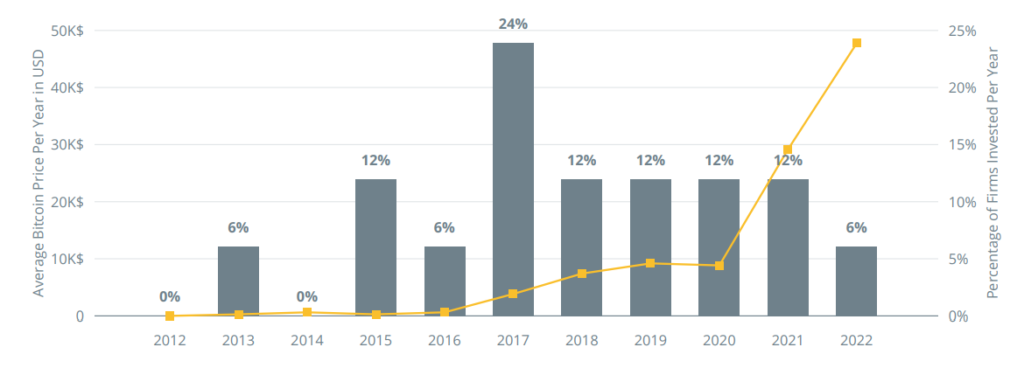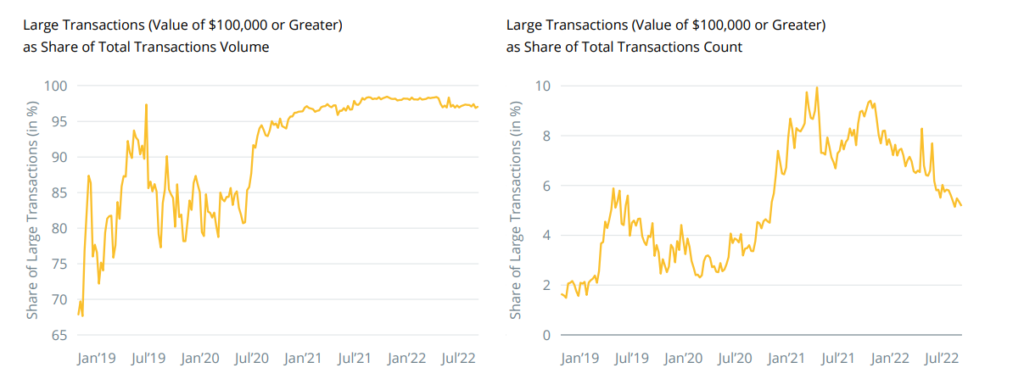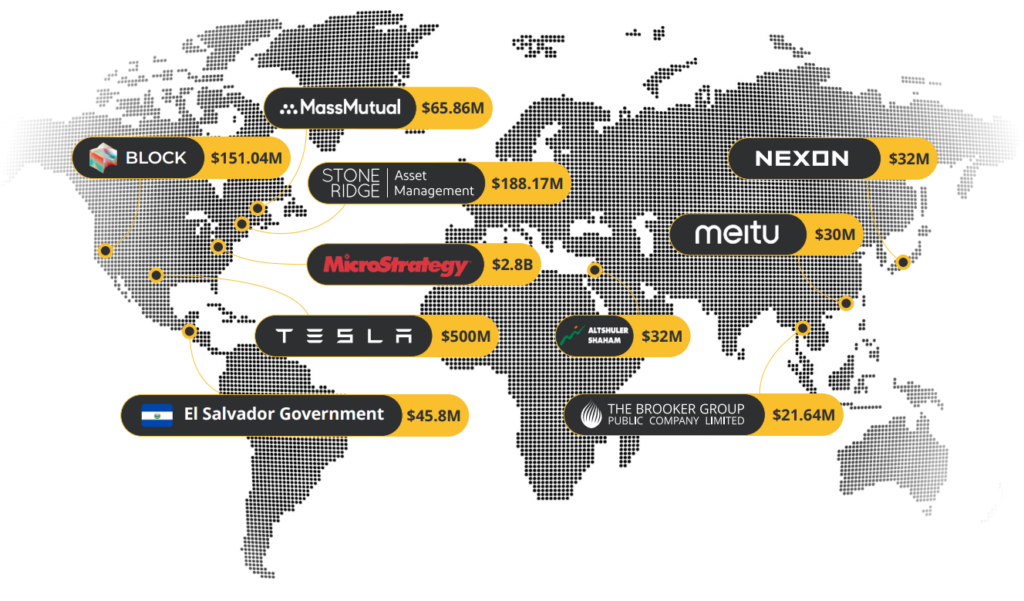Ethereum is a groundbreaking technology that has the potential to change the financial industry as we know it. Developed in 2015 by Vitalik Buterin, Ethereum is an open-source, blockchain-based platform that provides users with a decentralized system for building and using smart contracts and applications.
Ethereum allows developers to create their own digital tokens on its network (unlike other cryptocurrencies) without relying on a third-party or centralized exchange. With that came user adoption. During the peak of the bull run in 2021, Ethereum’s market capitalization exploded to a new all-time high, reaching a staggering $505 billion.
However, bull markets don’t last forever. Currently, we have entered the bear cycle—sending the whole market into a downward trend. Despite the current Ethereum price, its disruptive capabilities continue to make waves in the financial sector.
It’s no wonder why so many people are taking notice of this groundbreaking technology. Read on and find out how this technology is disrupting the financial industry.
Ethereum’s Role in the Financial Industry
Ethereum is quickly becoming a significant player in the financial industry as its technology has the potential to revolutionize traditional banking and finance systems. Ethereum provides users with a decentralized platform for building and using smart contracts and applications, which can process transactions much faster than conventional methods while offering a high-security level. That allows companies to process payments and transfers much quicker, reducing transaction costs and increasing efficiency.
What’s more, Ethereum also allows developers to create their tokens on its network without relying on a central entity. It means users can access all the benefits of blockchain technology while retaining complete control over their assets. As cryptocurrencies continue to gain adoption in the traditional financial sector, Ethereum will likely play an increasingly significant role in bringing innovative solutions to the financial industry. And providing users with more secure and efficient ways of managing their assets.
Ethereum is already revolutionizing the financial industry as we know it, but its capabilities are still just beginning to be explored. With Ethereum’s technology continuing to improve, we will likely continue to see more innovative solutions for the financial sector in the years to come.
Finally, Ethereum has also proven to be an excellent option for businesses looking to raise funds, with many startups successfully utilizing its blockchain technology for initial coin offerings (ICOs). These ICOs have not only served as an excellent way for businesses to raise capital quickly and easily. But they have also allowed users to invest in companies without the need for traditional financial intermediaries. Ethereum’s disruptive capabilities will continue to create a stir in the financial industry and beyond.
How Ethereum Is Disrupting Traditional Banking
Ethereum is disrupting traditional banking by providing a decentralized platform for transacting funds and assets. It eliminates the demand for intermediaries like banks and other financial institutions, allowing users to make fast, secure, and cost-effective transactions without paying hefty fees.
Smart contracts are at the heart of Ethereum’s disruption of traditional banking. Smart contracts are automated digital agreements that can be used to securely manage and process transactions over a peer-to-peer network between two parties without the need for an intermediary. These contracts provide users with faster processing times, increased security, and reduced transaction costs compared to traditional methods.
The Benefits of Using Peer-To-Peer Payments
Peer-to-peer payments are becoming increasingly popular as a payment method due to their convenience, security, and cost-efficiency. By removing the need for a traditional financial intermediary such as a bank, peer-to-peer payments allow users to make payments in real time regardless of the current price. Furthermore, peer-to-peer payments are also more secure, as they eliminate the need for a third party to access sensitive personal and financial information.
The ability to quickly and securely make payments without intermediaries makes peer-to-peer payments an attractive option for businesses and individuals alike. With Ethereum’s decentralized platform and smart contract technology, users can enjoy the benefits of these transactions without having to worry about centralized control or censorship.
Regulatory Issues Surrounding the Use of Cryptocurrencies Like Ethereum
The use of cryptocurrencies still needs to be regulated, which poses a range of challenges for those who use them. Firstly, given the lack of legal frameworks, cryptocurrencies are open to risk from malicious actors and fraudsters wanting to take advantage of their semi-anonymous nature. Similarly, there is no way to guarantee that you will process transactions promptly or that funds will be returned in case of a dispute.
Given these risks, governments and regulators worldwide have taken steps to ensure that cryptocurrency trading and investments are secure and compliant with existing regulations. For example, many countries now require users to register with a legitimate exchange before buying or selling cryptocurrencies. Similarly, some countries have even implemented taxation rules for cryptocurrency transactions in an effort to control the market better and protect investors.
Binance, the world’s largest cryptocurrency exchange, is an excellent example of a legitimate platform. They abide by various regulations to ensure the safety of customer assets.
What the Future Holds for Ethereum and Other Digital Currencies in Finance
It is clear that Ethereum and other digital currencies are here to stay. Despite the regulatory issues surrounding their use, cryptocurrencies offer a secure, cost-efficient way of making payments compared to traditional banking methods. As more governments worldwide recognize crypto’s potential for disruption in finance, we can expect these technologies to become increasingly commonplace over time. The future looks bright as the Ethereum network will continue revolutionizing how we make payments.



